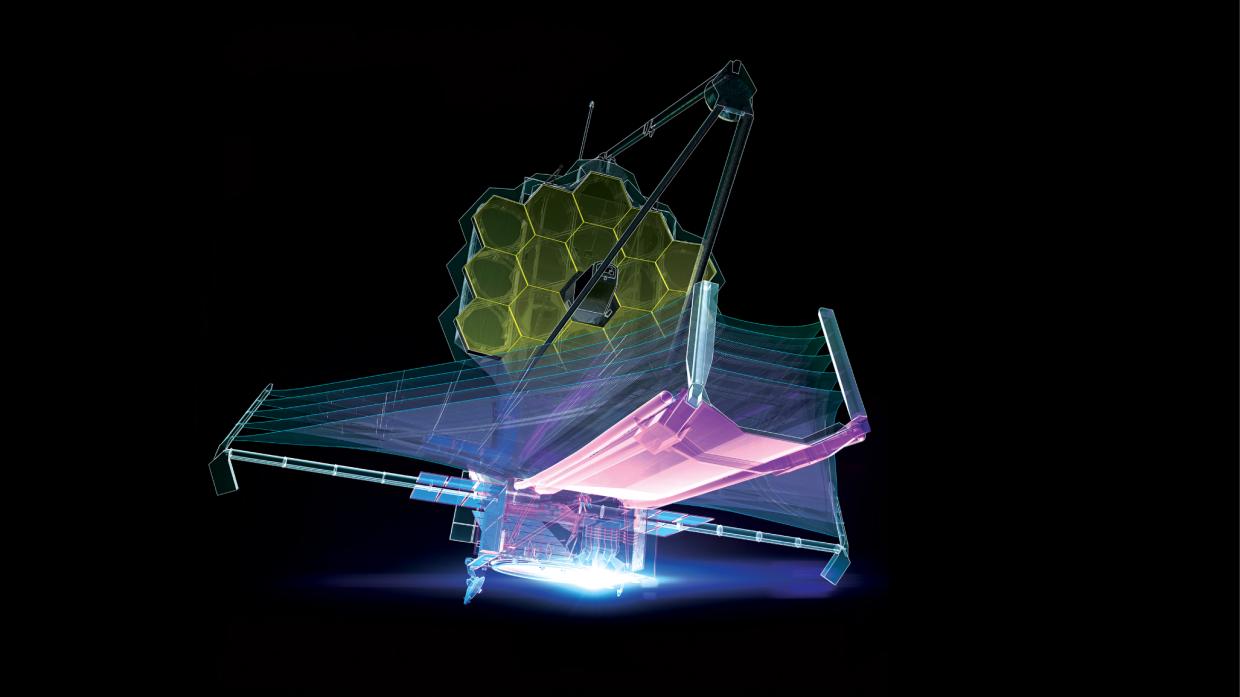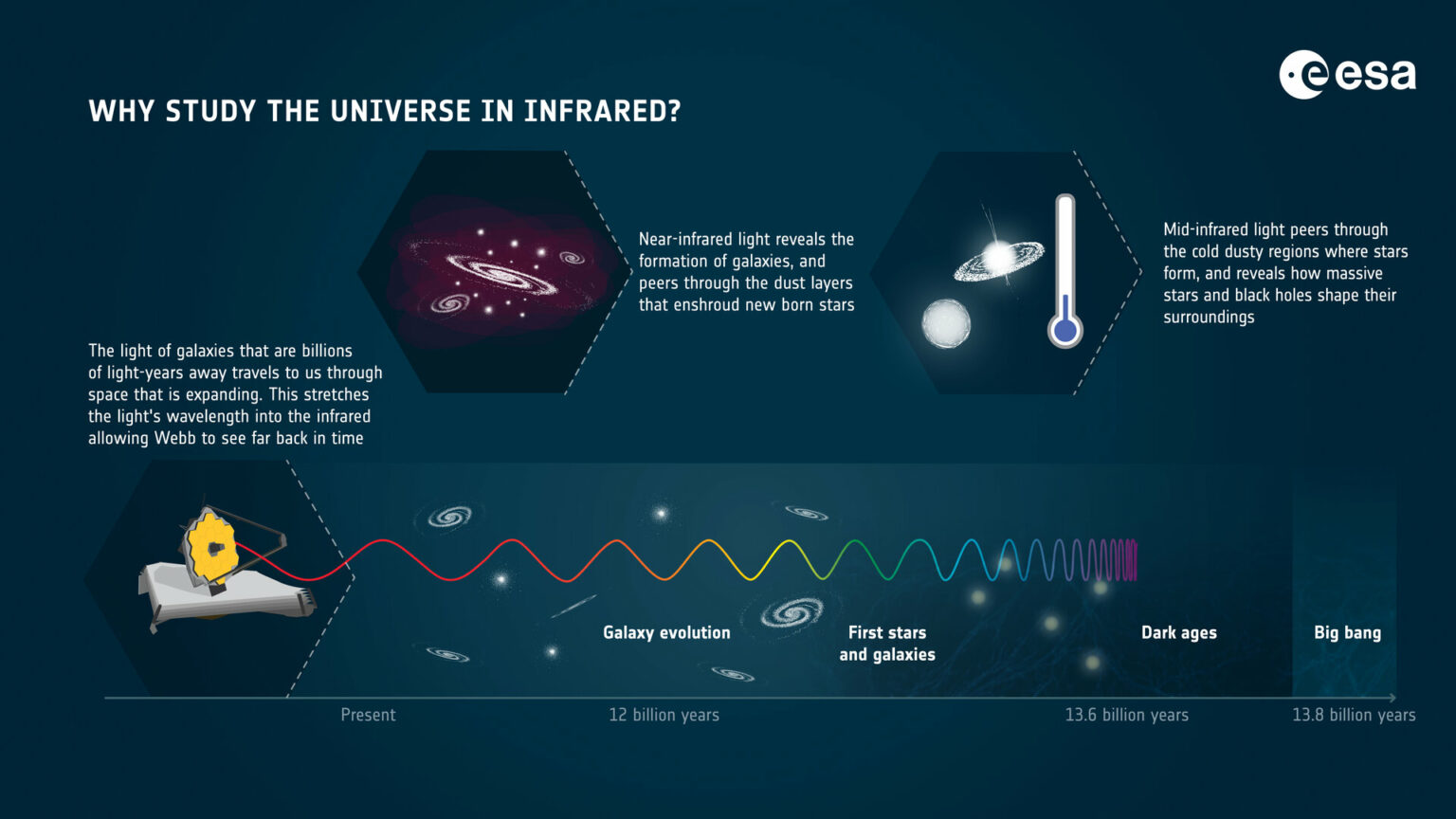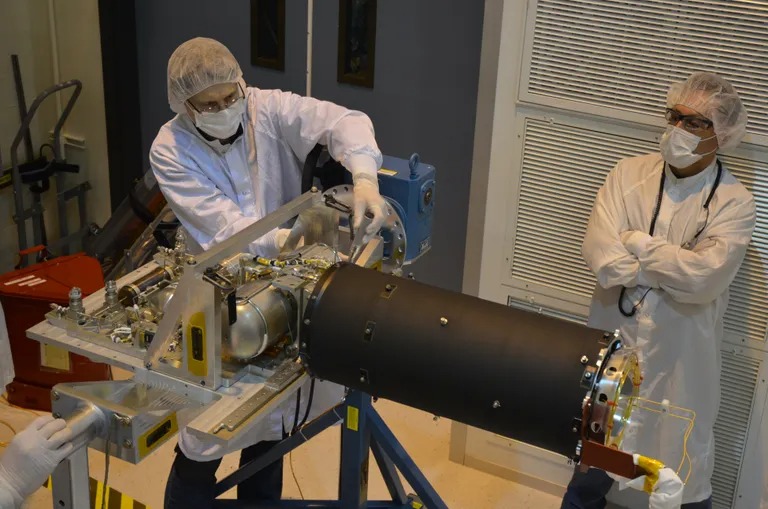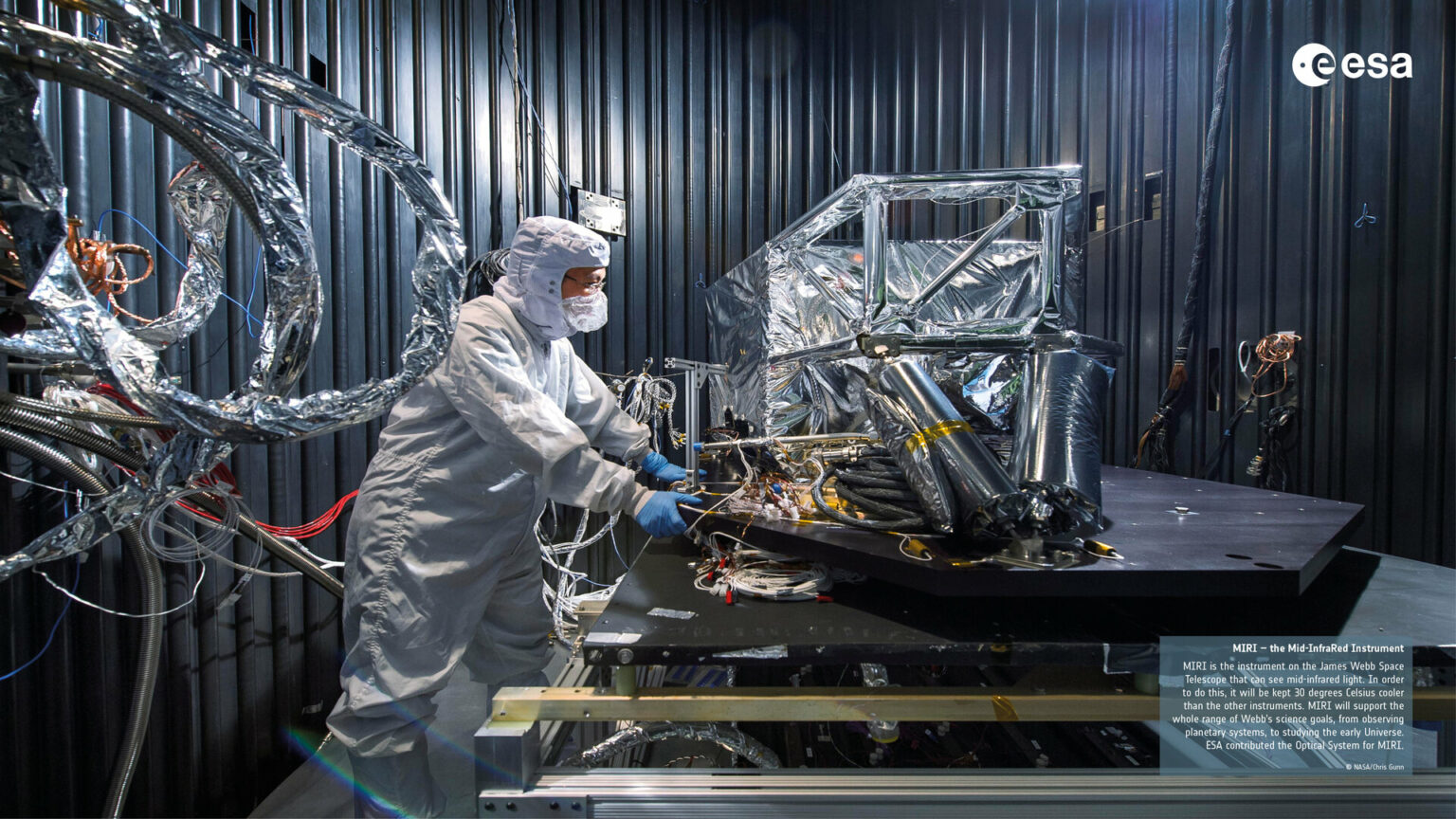James Webb recently completed the cooling of scientific instruments. Now the space telescope is one of the coldest objects in the Universe. Let’s compare how cold it is. The lowest temperature ever recorded on Earth is -89.2 °C and was registered at the Vostok station in Antarctica on July 21, 1983. On James Webb, the temperature is much lower — 6.4 Kelvin, which is equivalent to -266.75 °C.

JWST, sent to the L2 Lagrange point on Catholic Christmas 2021 to study the formation of the most distant galaxies and exoplanets, had to perform an ultra-fine calibration of its mirrors and other instruments. Detectors inside each scientific instrument convert infrared light into electrical signals. These signals are processed to create images that astronomers see on Earth. However, its own electrical equipment can interfere with observations, so the telescope is cooled to ultra-low temperatures.
Extremely Low Temperatures
James Webb’s location almost 2 million km from the Earth allows it to avoid heating. From there, it can study the youngest galaxies born shortly after the Big Bang — 13.5 billion years ago. To cool down, the telescope is helped by a five-layer sun visor the size of a tennis court. Each layer is surrounded by a vacuum that acts as an isolation device. Silvery layers with a special coating reflect heat. Passive cooling using a sun visor lowered the JWST temperature to 35 Kelvin (-238 °C). But this is still not enough to achieve the main temperature goal. To protect its sensitive instruments from detecting its own thermal radiation, the MIRI device must become even colder.

That’s why James Webb is equipped with an electrically powered cryogenic cooler, which in April cooled the onboard mid-infrared instrument (MIRI) to a final temperature of 6.4 Kelvin. Kelvin is a unit of temperature measurement that calls zero the absolute coldest point. 0 Kelvin is the temperature at which the motion of atoms stops completely.

Revealing the Secrets of the Universe at 6.4 Kelvin
Thus, 6.4 Kelvin (-266.75 °C) is unimaginably cold. This is barely warmer than in the coldest and emptiest parts of space, where the temperature is -270 °C. Now, when the MIRI instrument has reached the optimum temperature, JWST is ready to provide some of the coolest space photos that humanity has ever seen. This summer, the telescope will be able to send images of the most distant galaxies, young stars, faint comets and even separate objects in the Kuiper Belt — the area beyond Neptune, where there are small rocky objects orbiting the Sun.


